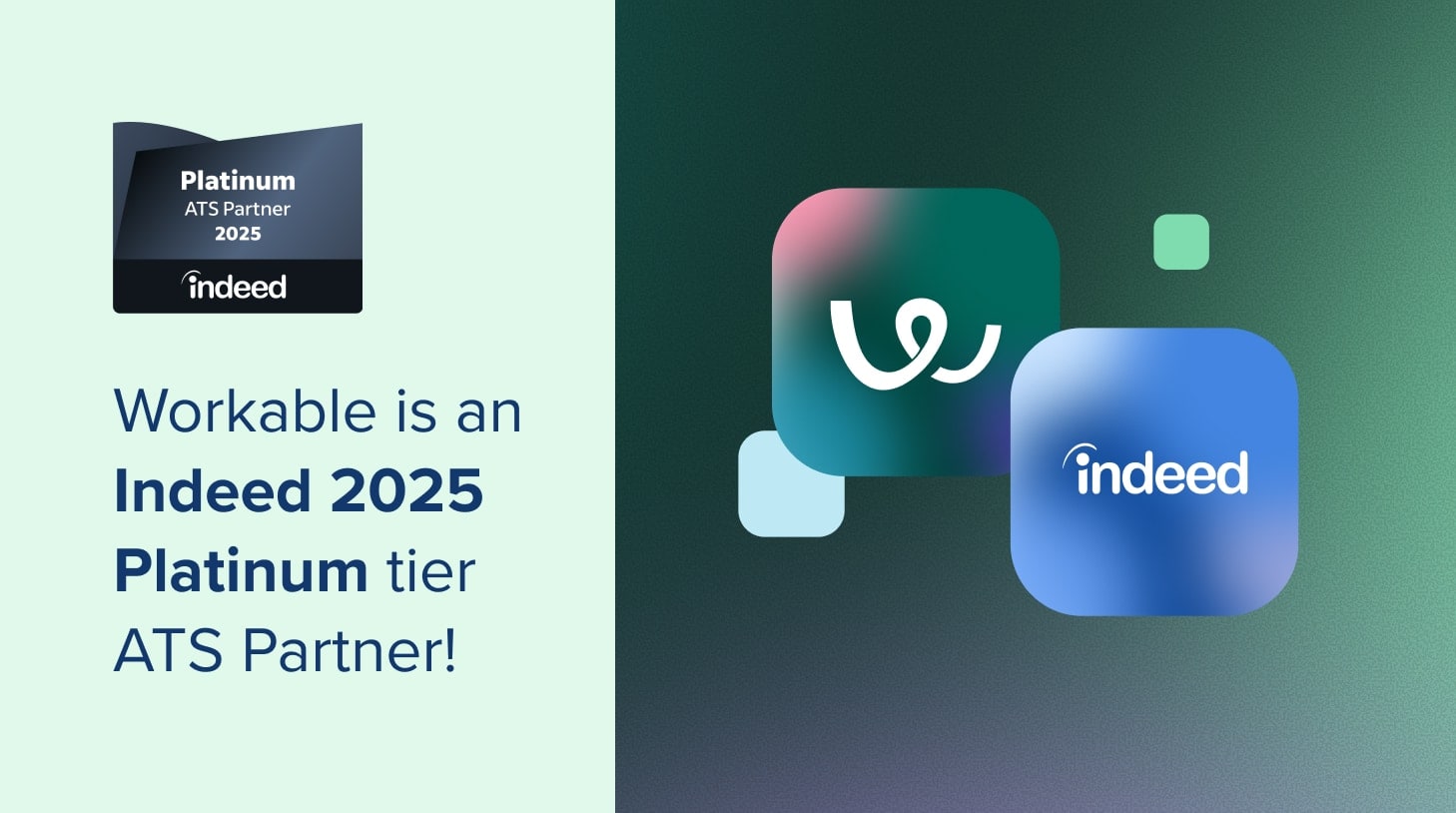The effects of ‘long remote’: how remote’s changed since 2020
This is part six of a series of blog posts pulled from our extensive New World of Work 2022 Survey Report. Here, we explore what the remote work situation looks like now compared with 2020, and what its long-term effects are.

It’s no secret – the shift to remote work in 2020 was one of the fundamental changes in the workplace. And for many, the pandemic wasn’t the cause of it – it was simply a trigger.
Now, it’s worth another look in this area to see where we stand in terms of distributed teams.
Contents
The trend of distributed teams
The initial shift to fully remote operations was a major adjustment for business survival in response to requirements for physical distancing in 2020 during the first wave of the COVID-19 virus.
But what does that look like today?
1. Not everyone’s fully remote anymore
In 2020, the majority of businesses were working more than three-quarters remotely (57.9%).
Now, that number has decreased. Just one in five businesses (19.9%) have 75% or more of their employees working remotely.
2. The loss of remote optimism
In 2020, 33.7% of businesses said three quarters or more of their workers could work fully remotely without disruption.
In 2022, the percentage of businesses saying so shrunk to half that (17.5%).
3. Forget ‘long COVID’ – here’s ‘long remote’
In 2020, nearly three-quarters (73.2%) said employee engagement and morale would be a major struggle in a remote work world.
Businesses don’t see this as much of a challenge now (56.6%).
On the flip side, team building and morale (54.7%) and team collaboration / logistics (41.1%) were noted as anticipated challenges in 2020.
Now that businesses have some experience with remote work from 2020 to present day, both challenges have increased in 2022 (65.4% and 62.3% respectively).
What does all this tell us?
Check out those latter two insights: there’s dwindling optimism that remote work could really go as well as originally anticipated for overall business processes. While businesses and employees become more accustomed to working in distributed teams, engagement is not as pertinent an issue as it was two years ago.
But at the same time, the experience of the last two and a half years have made it clearer to employers that remote work may not be as feasible in the long term as it was initially seen to be. And more so, the specific challenges of remote work are now rising to the surface.
In short, we are seeing the effects of ‘long remote’ – and they are not all positive.
Remote employee engagement
Nevertheless, many companies are staying with the remote-work arrangement. And the above data on remote engagement warrants a deeper look at what companies are doing to overcome those challenges listed above.
Ultimately, all-around communication and results rather than processes are growing in importance.
1. The conversation is digital
Incorporation of communications technology is the number-one jump from 2020 to 2022 for businesses looking to improve their engagement of remote employees, with 75.8% saying they’re doing so now compared with just 52.6% in 2020.
2. Top-down communication
Interestingly, just 33.7% of businesses in 2020 focused on regular all-hands addresses from top management as a tool to ensure remote employee engagement.
That number’s since risen to 52.6%. The percentage of businesses introducing more team meetings to ensure sync (virtually) has gone the other direction – with 46.7% picking that as a focal point compared with 54.5% two years ago.
3. KPIs in the management’s eyes
Another shift that occurred since 2020 is the focus on results as a performance metric, with 33.2% of businesses focusing on that today compared with 26.4% in 2020.
4. But ‘breathing down necks’ still exists
Nevertheless, many companies are also turning to time-tracking and / or employee monitoring.
This year, 22.5% of businesses use this as an option, compared with 14.6% in 2020.
5. And finally – virtual social is virtually diminished
The biggest change in the other direction is that of virtual coffee dates and / or happy hours to ensure remote employee engagement.
Two years ago, more than a quarter of businesses (28.4%) picked this option – but that’s shrunk to just 15.2% of businesses today.
What does all this tell us?
Again, the tumultuous landscape that businesses are navigating from 2020 onwards may have required quick decisions, corrections and redirections at a more frenetic pace than employees (or employers) are accustomed to.
This requires clearer leadership and more frequent communications – and less micromanagement (for some, anyway). Meanwhile, social interaction is easier now with the opening up of society, of course – so that’s no longer a major concern.
Changes due to remote shift
Let’s stay with the remote conversation for a little longer – we’re now interested in understanding what is being considered by businesses who are moving or have already moved their operations to a remote environment, and how that looks different now compared with 2020.
1. The (talent) universe is expanding
Employers are now enjoying larger talent markets as a result of hybrid and remote teams, with 53.3% expanding their job postings to other locations now, up from three in 10 (30.1%) in 2020.
2. Bye bye physical office
Nearly three times the percentage of businesses are now considering closing their physical workplace – 46.4% now versus 16.3% two years prior.
Considering this was asked of businesses who are remote or will do so, this insight is very much moot.
3. Show them the (local) money
Facebook made headlines in mid-2020 when they announced they would pay their workers based on where they lived.
Turns out that move was prescient, and the start of a trend. More than one in four businesses (26.3%) are considering this as an option, up from 15.7% in 2020.
What does all this tell us?
Recruitment is ultimately impacted here. Where your candidates are working and how much you’re paying them absolutely changes when you’re operating with a distributed workforce.
And recruitment is just one section of the overall employee engagement – with engagement tactics changing and digital communication growing as a standard in the workplace thanks to the remote shift, businesses must consider the effects of “long remote” and more so, how to counter those new challenges.




